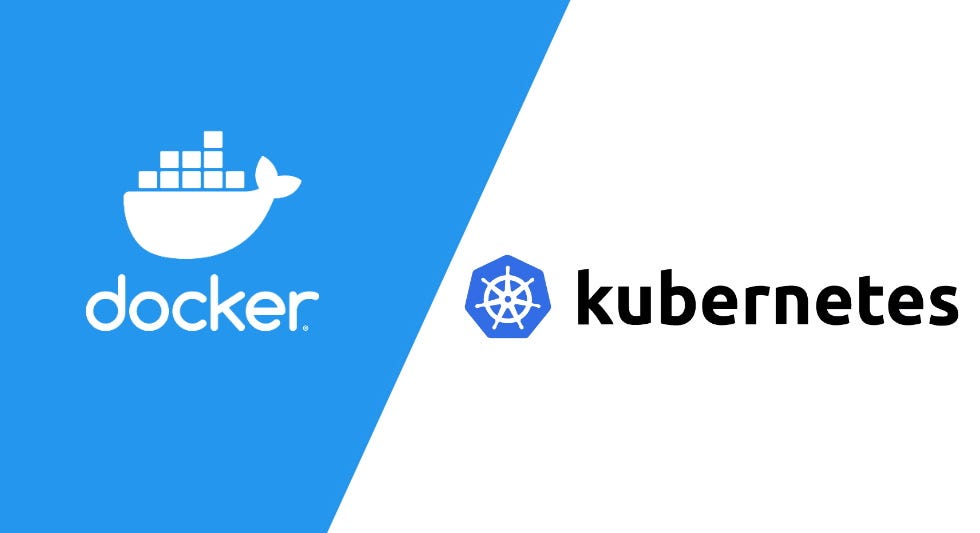Containerization and Orchestration: Harnessing Docker and Kubernetes for Scalable DevOps

In modern software development, delivering applications rapidly and reliably across diverse environments is paramount. Containerization and orchestration technologies, led by Docker and Kubernetes, have transformed DevOps practices, providing a foundation for scalable, portable, and automated deployments.
The Rise of Containerization with Docker
Docker introduced a paradigm shift by enabling developers to package applications along with their dependencies into lightweight, portable containers. Unlike traditional virtual machines, containers share the host operating system kernel, resulting in faster startup times, reduced resource consumption, and consistency across development, testing, and production environments.
Docker’s simple image-building process and vast ecosystem have made it the standard for container technology. By encapsulating an application’s runtime environment, Docker eliminates the "it works on my machine" problem, facilitating seamless collaboration between development and operations teams.
Kubernetes: Orchestrating Containers at Scale
While Docker handles individual containers efficiently, managing hundreds or thousands of containers across multiple hosts requires orchestration. Kubernetes, originally developed by Google and now a CNCF project, provides powerful mechanisms for automating deployment, scaling, and operations of containerized applications.
Key Kubernetes features include:
How Docker and Kubernetes Complement Each Other
Docker provides the foundation by creating and running containers, while Kubernetes manages clusters of these containers, orchestrating their lifecycle and interactions. Together, they enable:
Best Practices for Using Docker and Kubernetes
Conclusion
Mastering Docker and Kubernetes is essential for modern DevOps teams aiming to deliver scalable, resilient, and efficient applications. These technologies not only streamline deployment processes but also empower teams to innovate rapidly while maintaining stability and performance in production environments.
As cloud-native architectures become the norm, leveraging containerization and orchestration unlocks new possibilities for agility, scalability, and operational excellence in software delivery.